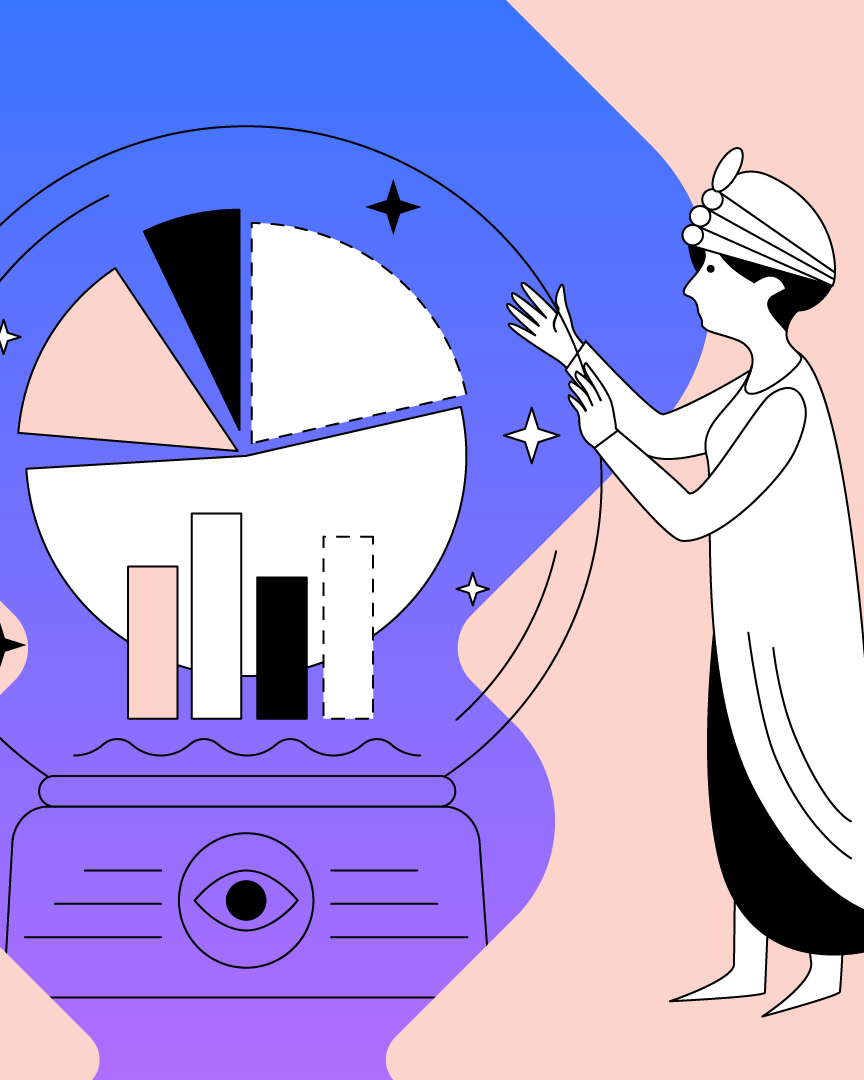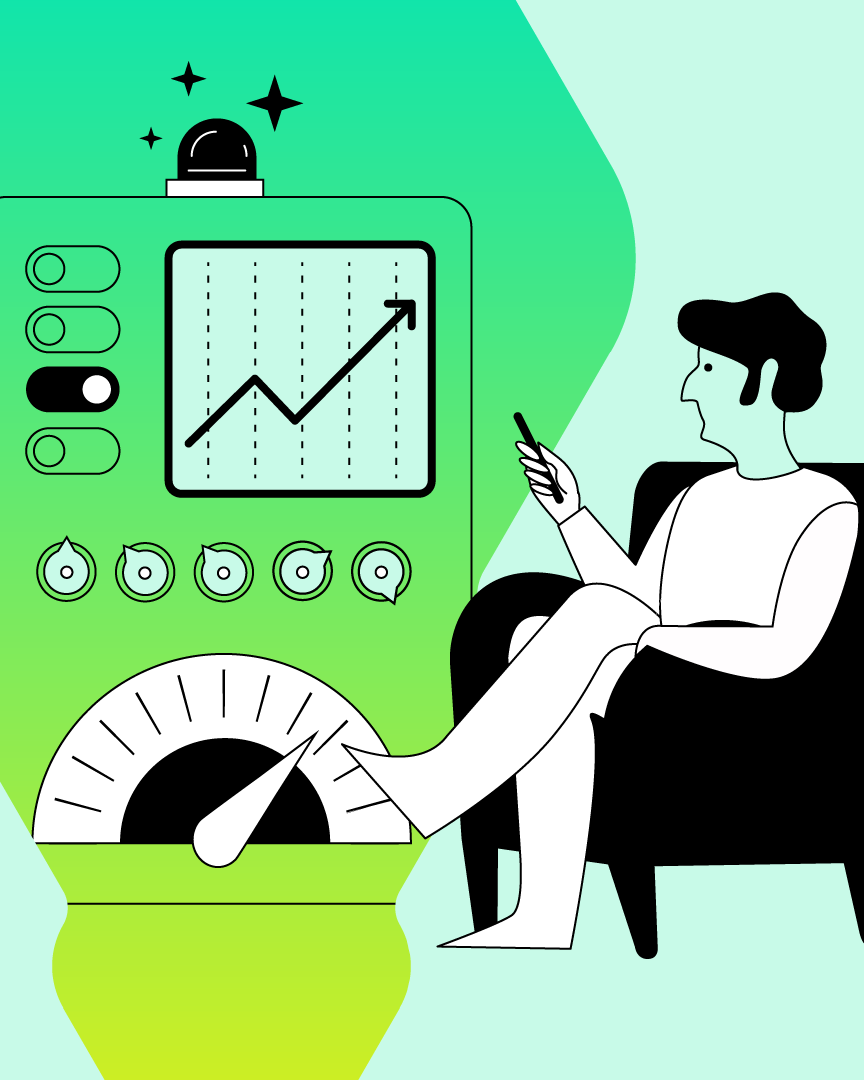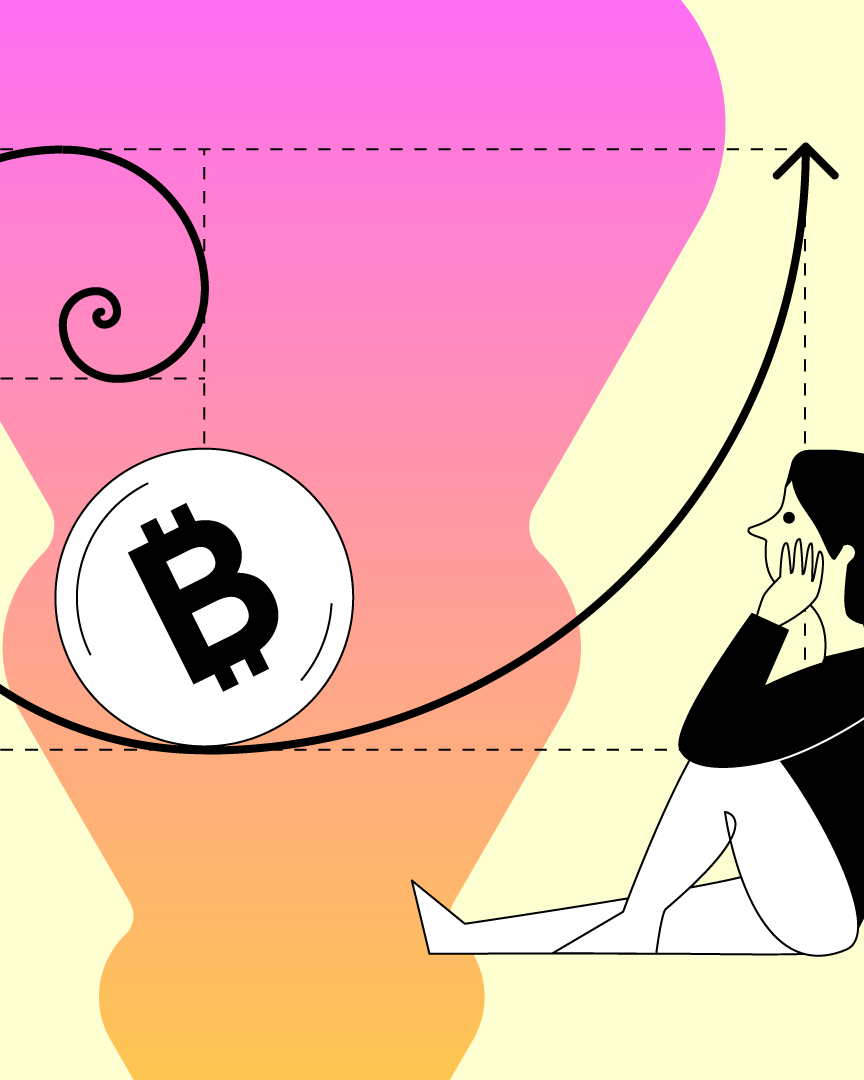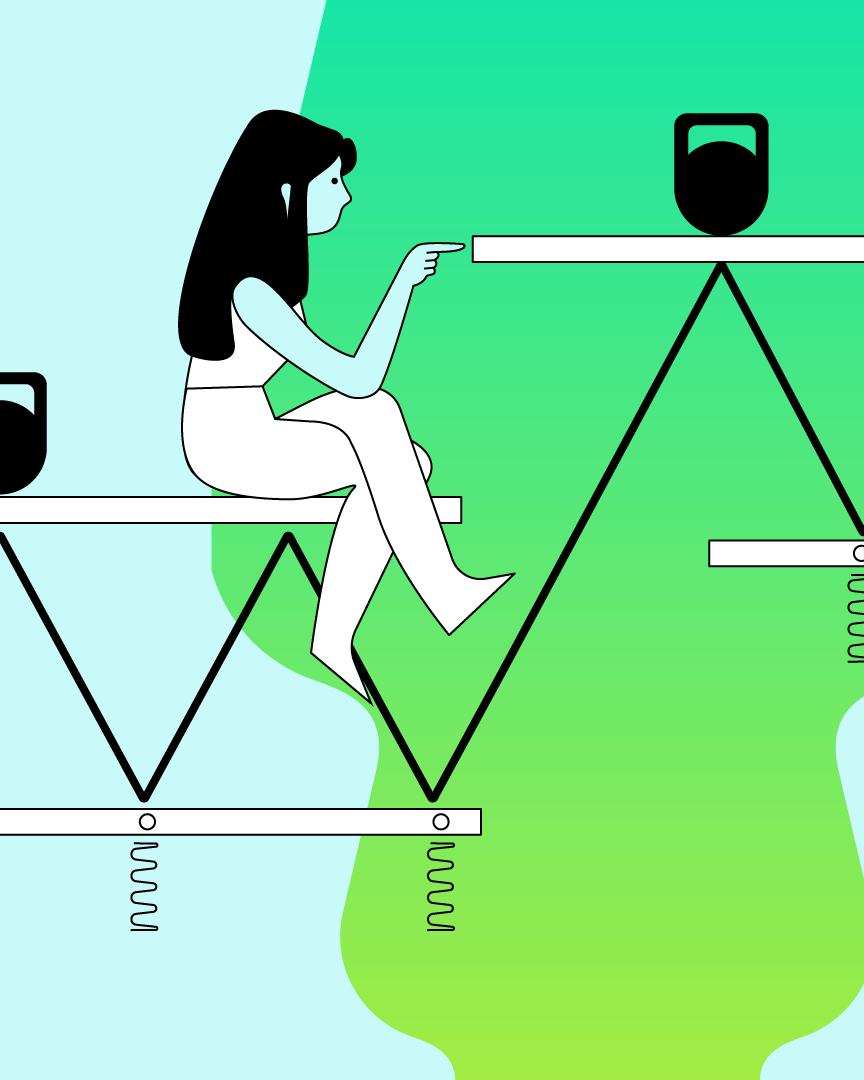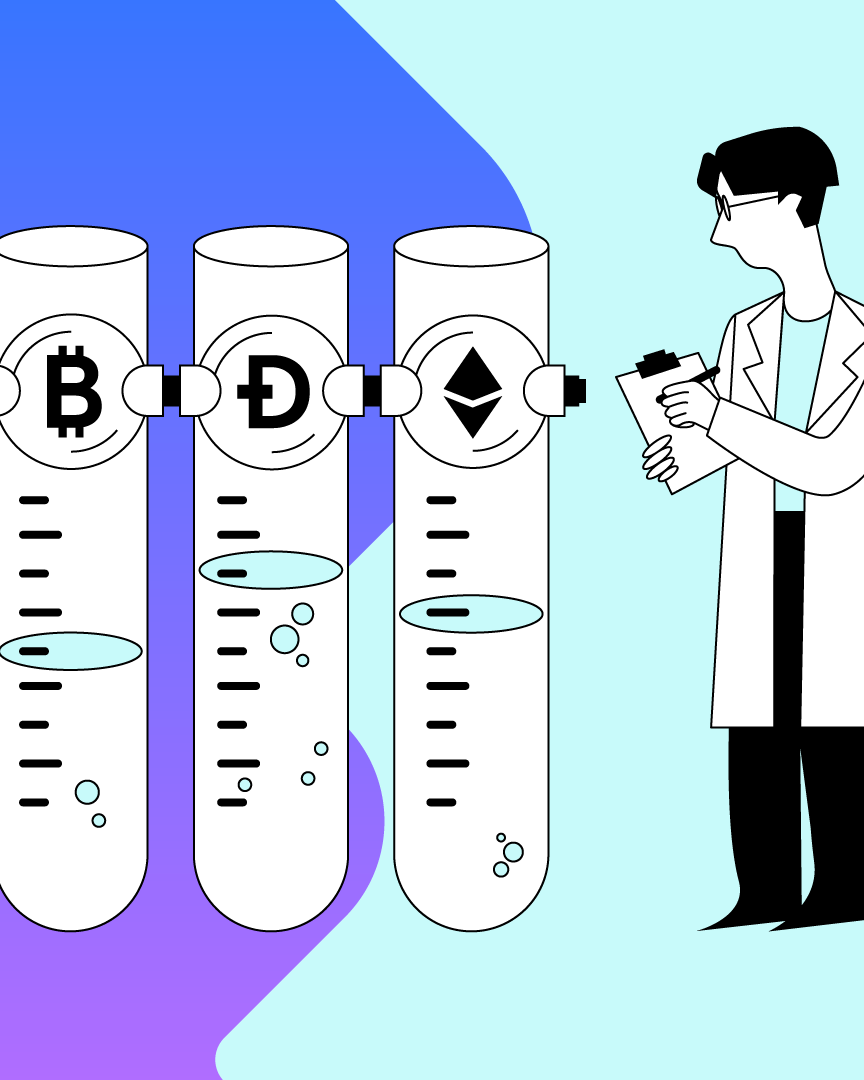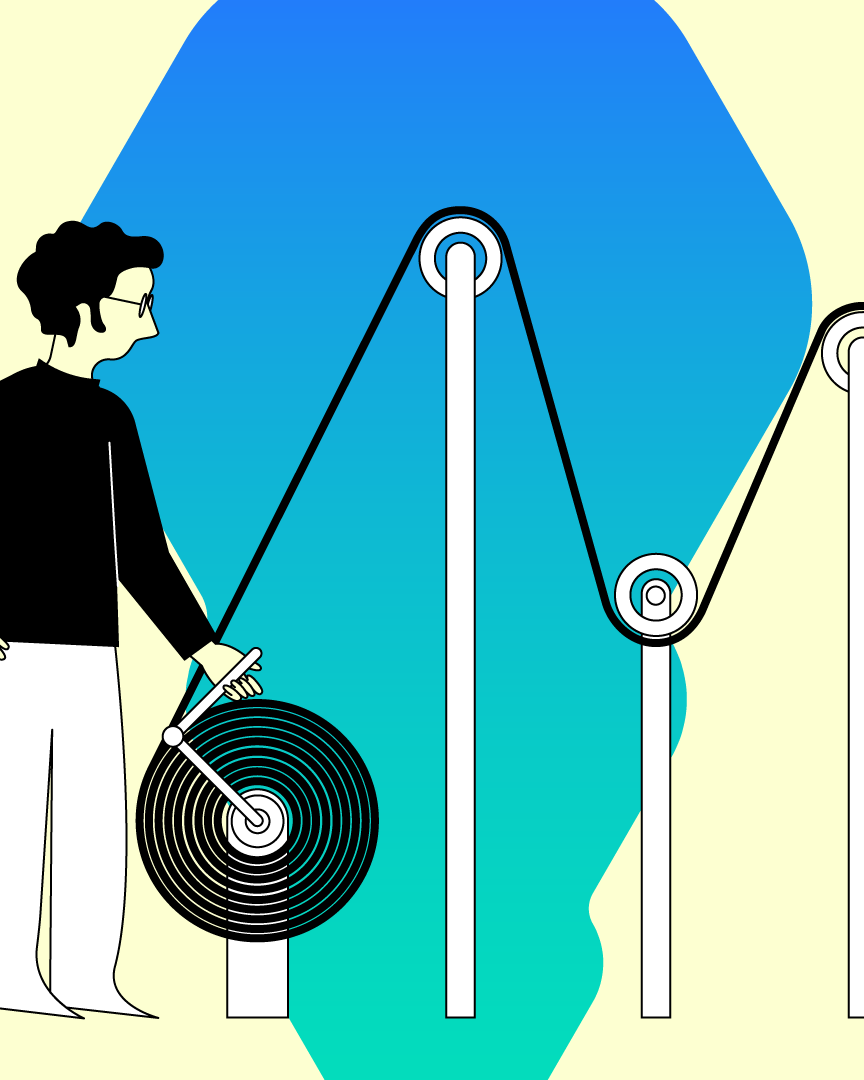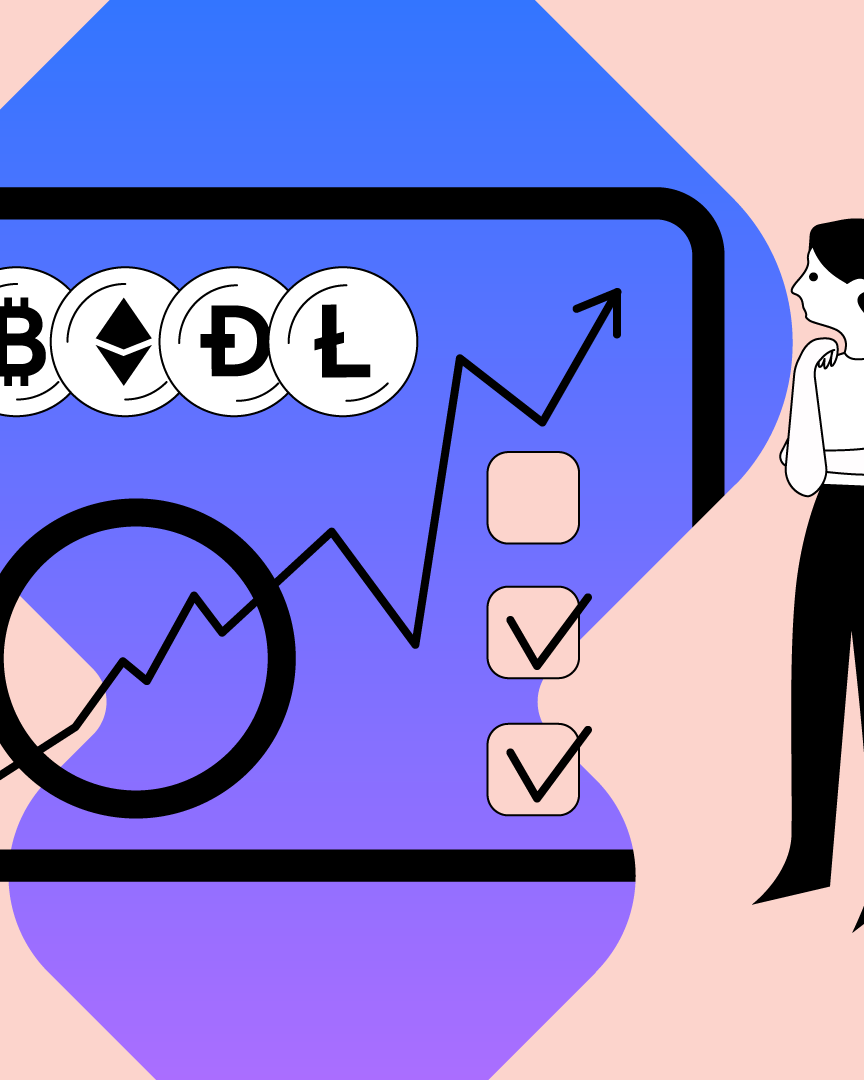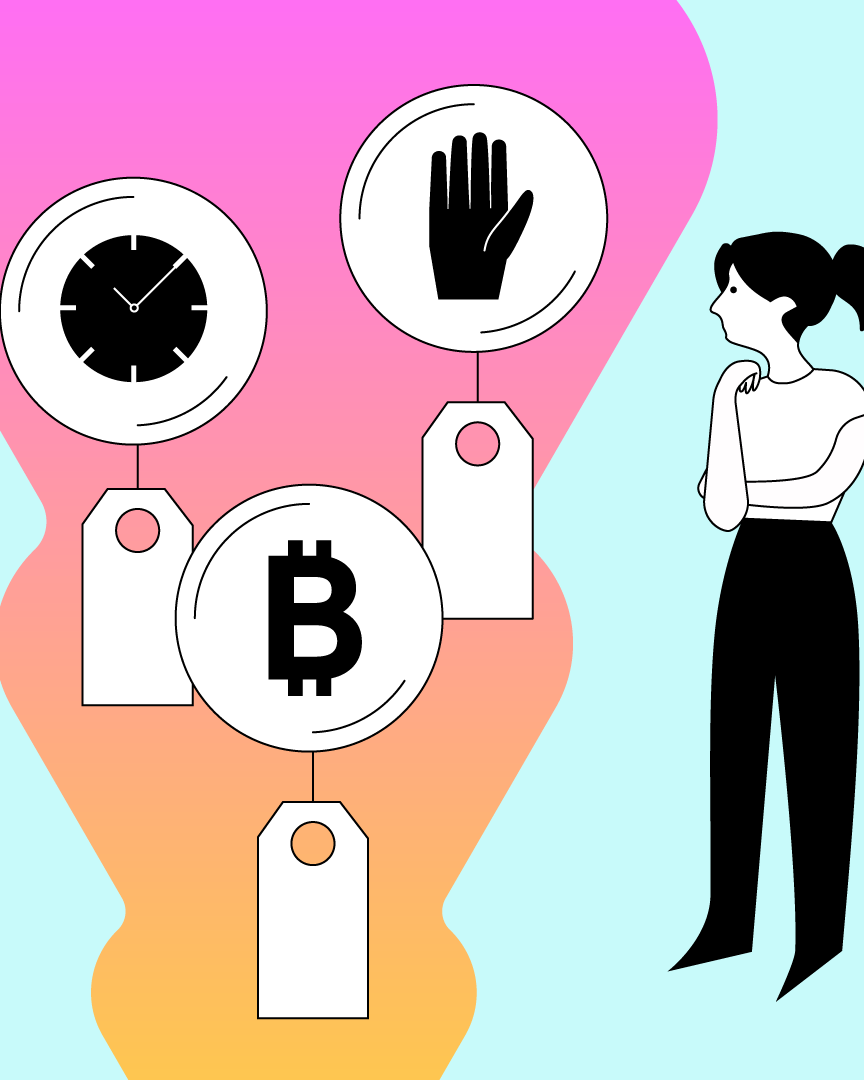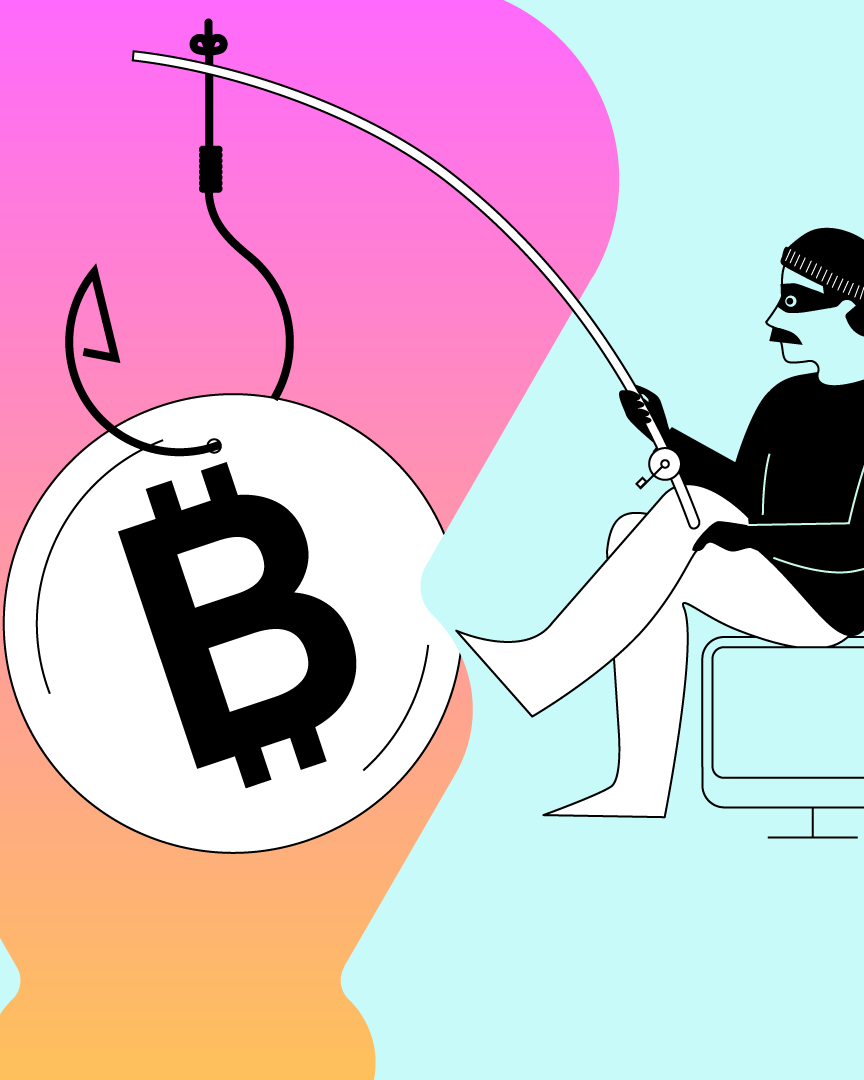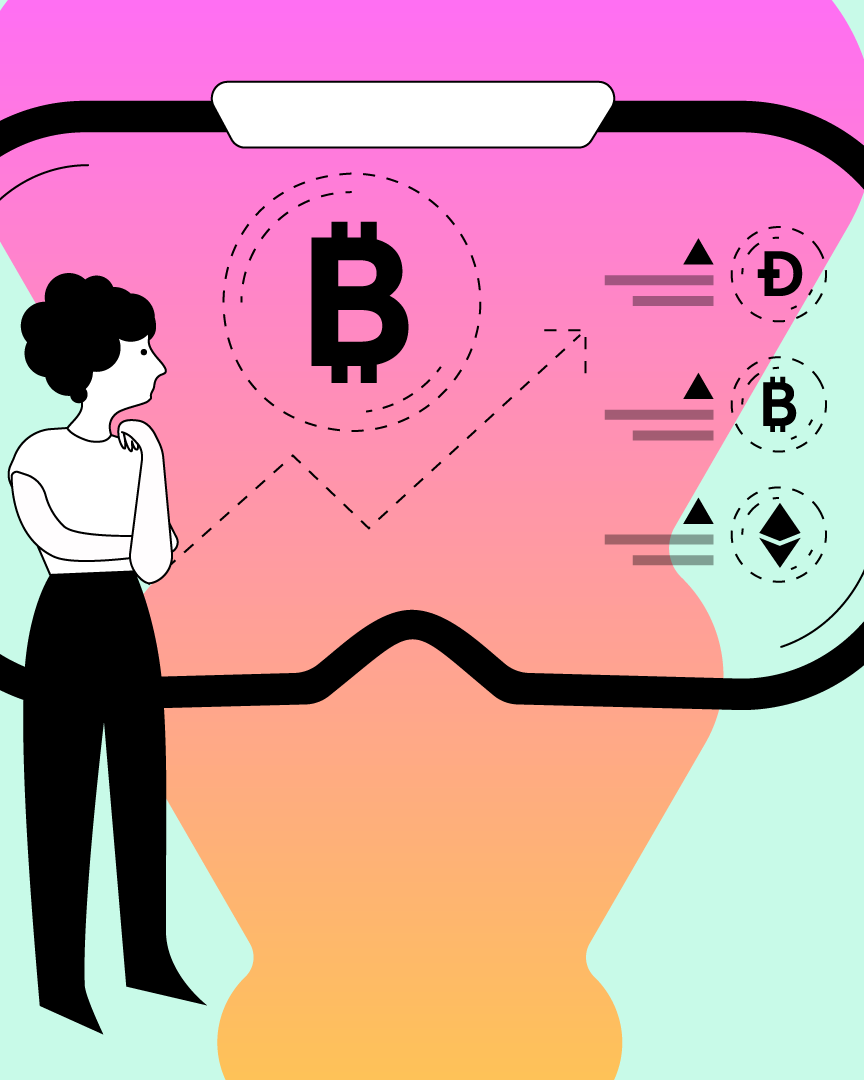2.06 Market participants explained
There are two market participants: market makers and market takers.

In our previous lesson, we came across terms like market makers and market takers. These participants are crucial to understanding cryptocurrency trading and in this lesson, we will take you through an in-depth explanation.
There are two market participants: market makers and market takers. Think of the crypto market as a supermarket. The market makers are like the store suppliers adding items to the supermarket, and the market takers are buyers of those items. Thus, the market makers and takers have a symbiotic relationship. If you have traded digital assets before, you are a market participant that falls into either of these two categories.
Contents
- What is a market maker?
- What is a market taker?
- Benefits of market makers and takers
What is a market maker?
Liquidity is an integral factor in crypto-to-crypto exchange or crypto-to-fiat currency exchange. High liquidity means that the crypto market is stable, making it easy and fast to fulfill buy and sell orders. Conversely, low liquidity implies that the market is highly volatile.
A market maker, also known as the liquidity provider, is a trader that sets the limit order. The maker offers a buy/sell price, buying and selling at the best current bid. They have an influence on the current prices as reflected by the market.
Market makers “make the market” by adding liquidity to an order book.
Order book, maintained by an exchange, collects all offers to buy and sell cryptocurrencies. So a market maker adds liquidity to the order book by putting orders that create liquidity in the market. For instance, a sell order that is higher than the highest buy order or a buy order that is lower in price than the lowest sell order. Since the order to buy or sell is not carried out instantly, this creates liquidity - to put it simply, it becomes easy to buy or sell when conditions are met.
What is a market taker?
A market taker, or a liquidity taker, places a market order at the set price. Takers remove the liquidity added by market makers by placing market orders. Therefore, they are dependent on a reasonable price to enter or exit a trading position.
As a market taker, you pay a higher trading fee compared to market makers who contribute to the liquidity of a cryptocurrency asset. Market takers can be either buyers or sellers in the market. For instance, whether you are a trader, an investor, a consumer, or a producer - hedging or earning from price movements categorizes you as a market taker.
Maker Taker Fees
Exchanges charge trading fees whenever you execute a buy or sell order. The amount differs from one platform to another depending upon your order size as well.
Typically, makers pay less fees as compared to takers as they add liquidity to the exchange. High liquidity attracts users to trade on the exchange platform as trades are executed more easily. For instance, on zondacrypto exchange makers pay fees between 0.17% to 0.30% while takers have to pay anywhere between 0.25% to 0.43%.
Now that you understand the concept of maker-taker fees, we will study market depth and volatility in our next lesson.
DISCLAIMER
This material does not constitute investment advice, nor is it an offer or solicitation to purchase any cryptocurrency assets.
This material is for general informational and educational purposes only and, to that extent, makes no warranty as to, nor should it be construed as such, regarding the reliability, accuracy, completeness or correctness of the materials or opinions contained herein.
Certain statements in this educational material may relate to future expectations that are based on our current views and assumptions and involve uncertainties that could cause actual results, performance or events to differ from those statements.
BB Trade Estonia OU and its representatives and those working directly or indirectly with BB Trade Estonia OU do not accept any liability arising from this article.
Please note that investing in cryptocurrency assets carries risks in addition to the opportunities described above.









